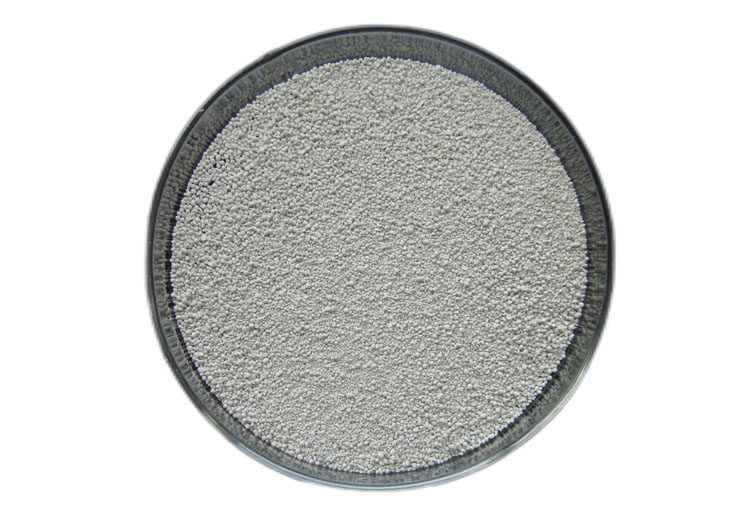Thiamethoxam 97-98%TC WDG FS SCProduct Information1.Applicable crops: Potatoes, rice, cotton, deciduous fruit trees, citrus, tobacco, soybeans, corn, sorghum, corn, beet, rape, beans, peanuts, wheat, sunflowers, etc3.Control objects: it Can effective prevention and control of pest lepidoptera, coleoptera, thysanoptera, all kinds of rice planthopper, planthoppers, aphids, leafhoppers, whitefly, jump, nematodes, ground beetle, leaf moth, etc. 4.Method of application: Foliar spray6. Precautions: Do not mix with alkaline agents.Do not store below -10 ℃ and above 35℃.Toxic to bees, be careful when using drugs.The insecticidal activity of the drug is very high, do not blindly increase the dosage of the drug.Customerized packing labelFAO standardProfessional registration GLP,ICAMA,LOA etc.Inquiry Now
What Our Customers Say About Thiamethoxam
Thiamethoxam FAQs
-
80%High PurityEnsure the reliability of each product.
-
58%Fast-Acting FormulaQuickly provide visible effects
-
What pests does Thiamethoxam control effectively?
What pests does Thiamethoxam control effectively?
Thiamethoxam provides systemic control against a broad spectrum of piercing-sucking pests including aphids, whiteflies, leafhoppers, thrips, and certain beetles. It is particularly effective against rice hoppers, brown planthoppers, and cotton whiteflies. The various formulations allow flexible application methods including seed treatment, soil application, and foliar spray.
-
Can Thiamethoxam be used in resistance management programs?
Can Thiamethoxam be used in resistance management programs?
As a neonicotinoid (IRAC Group 4A), Thiamethoxam should be rotated with insecticides from different mode of action groups such as diamides (Group 28) or spinosyns (Group 5). Implement economic thresholds and alternate with non-chemical controls to delay resistance development in pest populations.
-
How does Thiamethoxam affect pollinators?
How does Thiamethoxam affect pollinators?
Thiamethoxam is highly toxic to bees exposed to direct treatment. Follow all label restrictions regarding application timing (avoid flowering periods), rate limitations, and buffer zones near apiaries. Some regions have additional regulatory restrictions on neonicotinoid use to protect pollinators.
-
What safety equipment is required during handling?
What safety equipment is required during handling?
Use full PPE including chemical-resistant apron, gloves (nitrile or neoprene), goggles, face shield, and NIOSH-approved respirator when handling concentrate. During application, wear long-sleeved clothing, chemical-resistant gloves, and protective eyewear as minimum protection.
-
How should Thiamethoxam products be stored?
How should Thiamethoxam products be stored?
Store in original containers in a locked, well-ventilated area protected from extremes of temperature (-10°C to +35°C) and direct sunlight. Keep away from food, feed, and seed. Ensure containers are tightly sealed and placed on pallets to prevent water damage. Shelf life is typically 2 years when stored properly.





